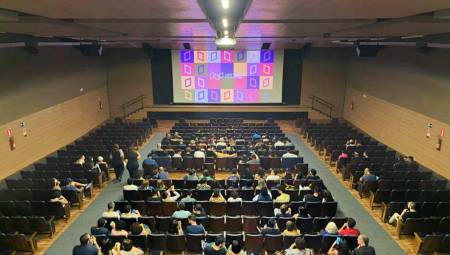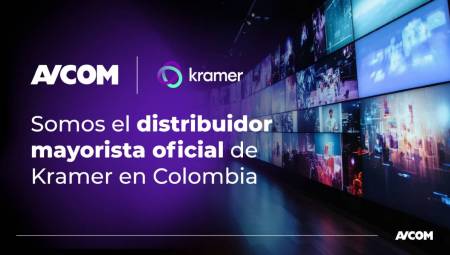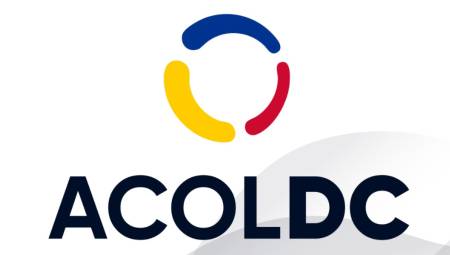 Latin America. 97% of organizations now use virtual classrooms to support learning and development, and more than half (53%) report that they have proven to be their most successful learning platforms during the COVID-19 crisis.
Latin America. 97% of organizations now use virtual classrooms to support learning and development, and more than half (53%) report that they have proven to be their most successful learning platforms during the COVID-19 crisis.
This data is part of new research by Fosway Group, Europe's number one HR industry analyst, in partnership with Barco. It follows Fosway's research in early 2020 that showed that 95% of learning leaders believe L&D has changed forever due to the pandemic.
Key points of this new research include:
- A 5-fold increase in the use of virtual classrooms for high-value programs such as leadership development since the onset of COVID-19
- An explosion in the use of virtual classrooms for training and tutoring, with a 19-fold increase
- A 400% increase in the use of virtual classrooms to deliver external training
- 95% of students are satisfied with their virtual learning experiences.
- Group exercises, live collaboration and levels of interactivity are key factors for success with virtual classrooms.
With the shift to remote work, the explosion of virtual classroom solutions was inevitable. But the research goes beyond the initial adoption of the crisis to understand if these solutions are really effective for learning, in addition to having the necessary capabilities for the development of high-value people.
For example, research shows that 70% of organizations are using Microsoft Teams as a virtual classroom, but only 10% rate it as effective for learning. L&D leaders also say that creating a differentiated experience from normal virtual meetings is critical. It is necessary to design experiences that include high levels of interaction for virtual learning to work.
David Wilson, CEO of Fosway, said: "Virtual classrooms have been a staple in corporate learning for a long time, but as with so many aspects of digital transformation, it took the COVID-19 crisis to create a tipping point in their adoption. At the beginning of the pandemic, there was a sense that any learning done was better than nothing. That meant it had to be virtual or digital. But as time goes on, organizations must move beyond lowest common denominator solutions and must also deliver on people's strategic initiatives such as leadership and team building."
He continues: "Given the continued need for extended work from home and limited business travel, all businesses must maximize the untapped potential that virtual classrooms can provide. It's not enough to simply lift and shift face-to-face sessions to a virtual environment. It's critical to design the experiences and leverage all the collaborative, interactive capabilities offered by some of the solutions on the market."
This research was conducted between August and October 2020, with initial results based on input from 136 business organizations.
For a copy of the full infographic, click here.









































































































